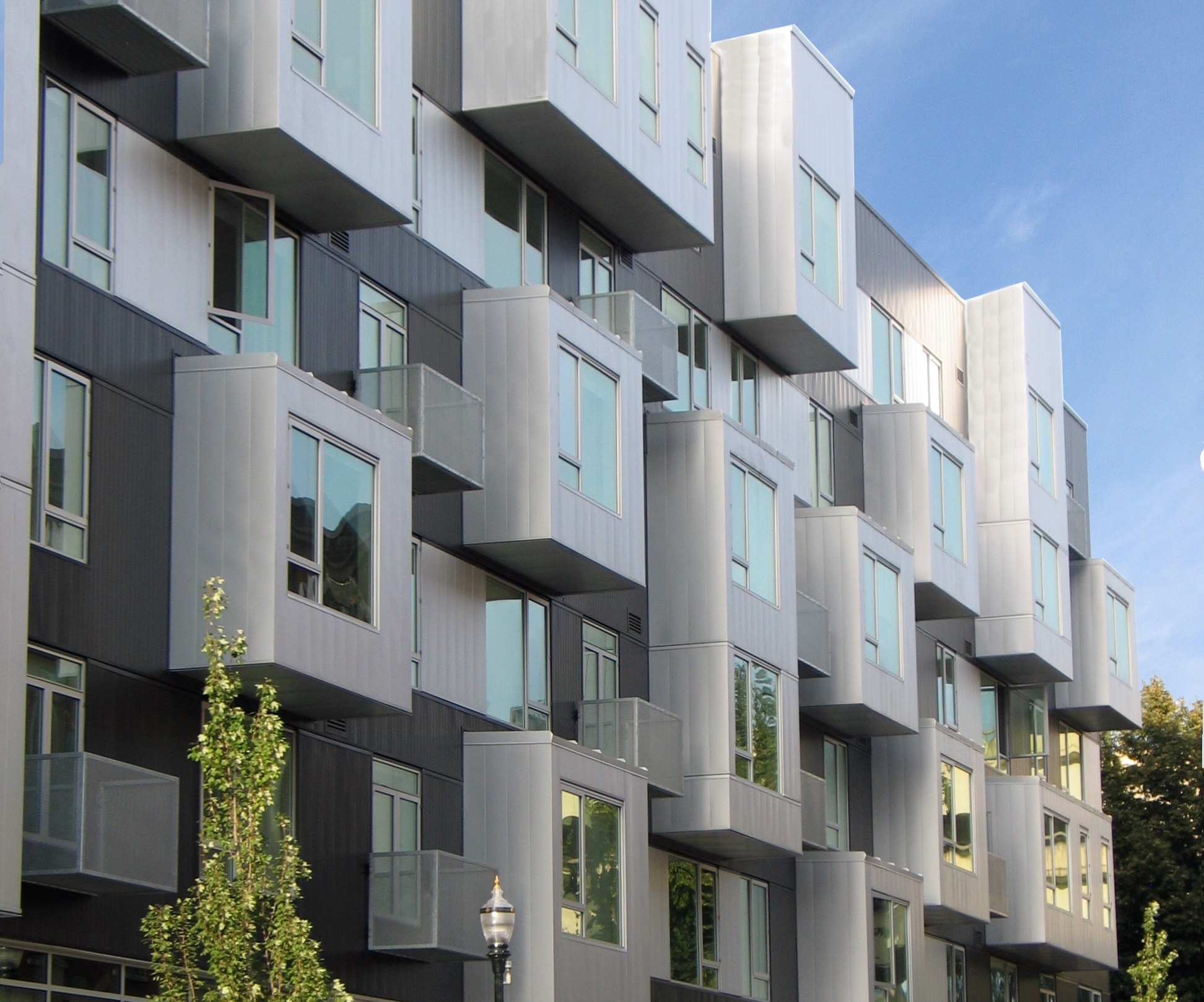The design and development of a commercial building is no small feat. The time and effort it takes to make

Multifamily buildings consist of several separate residential units that are either stacked (high-rise) or side by side. Whichever the case, these buildings are treated as commercial buildings due to their scale. As a result, their construction involves commercial contractors, multidisciplinary design teams, and large-scale commercial MEP systems.
Like any other commercial structures, multifamily buildings have unique cooling & heating needs. For that reason, the building must have an efficient MEP design for condos and apartments to ensure the comfort and health of the tenants, while saving you money. In addition, the HVAC design for apartment or condominium units has to comply with the municipal codes & requirements.
Keep reading this article to learn some things you probably don’t know about MEP design for apartment complexes and multi-family homes!

The Compartmentalization Principle
Compartmentalization refers to the separation of individual apartments from corridors as well as corridors from elevators, stairwells, and shafts. This isolation helps to reduce the interior air flows driven by the stack effect in tall buildings since they can be controlled. Interior airflows in apartment buildings include; indoor air quality, fire safety. Energy use, comfort, and smoke control.
In addition, isolating each unit from the exterior and adjacent units promotes unit airtightness. That is because the isolation creates an air barrier system that meets the minimum recommended air permeance or resistance of 2.00L/ (sqm2) @ 75Pa. This unit’s airtightness level helps to limit cross-contamination and airflow from adjacent units while making it easy to control the stack effect air pressures.
On top of that, the inter-unit isolation must meet the set fire-resistance rating for the intended separation. Moreover, the unit doors must be weather-stripped. The elevators should be positioned in various airlocks like lobbies and vestibules to isolate them from corridors.
Distributed Cooling, Heating & Domestic Hot water
Under the compartmentalization principle, unit space heating is done by water heaters and sealed combustion gas furnaces in individual units. Those heaters are either vented downward or upward via small diameter plastic pipes. While combustion air and exhaust gases are provided by separate ducts following parallel paths. More importantly, most systems are either routed downwards or upwards of four to five floors.
Air Conditioning is supplied in the same way with individual exterior units positioned at ground level in parking garages/ dry wells or on roofs. Similarly, combined cooling and heating can be executed that way, but with heat pumps.
The components of distributed cooling, heating & domestic hot water have lower maintenance costs and are easier to service than central systems. Even better, distributed systems for multi-family developments are less costly to install in most regions.
On the contrary, central systems for domestic hot water, heating & cooling aren’t suitable for energy conservation. This is because they don’t promote rational individual behavior unless there is individual metering.
To sum up, when it comes to HVAC design for multifamily buildings, individual apartment units should be treated as single-family detached houses right down to the kinds of equipment used.
Distributed Ventilation
The compartmentalization fundamental further promotes the provision of ventilation to each unit, instead of using central systems. This should be done across the external walls, instead of internal pressure boundaries like floors.
In actuality, rooftop central exhaust systems are hard to balance and usually overpower measures to reduce the stack effect via compartmentalization. This is usually caused by the extra effect of stack pressure on the duct risers’ fan pressure in the exhaust system. Besides, the exhaust system flows vary with temperatures since stack pressures also change with temperatures.
Devices that manage constant airflow across air pressure changes (constant airflow regulators) can be used to ease this effect to a certain level. However, they’re rarely used since they need very high temperatures within the ducts for effective operation. Moreover, apartments and condos on upper levels are usually over ventilated during the cold weather as they’re most subjected to stack pressures and are closer to the fans.
Shafts with exhaust ducts or serving as exhaust chases are hard to seal effectively. At the same time, they significantly complicate smoke and fire control because of the development of interstitial pressure fields and complex 3D airflow pathways. In addition, the construction of the ventilation shaft is usually susceptible to frequent litigation and is linked to mold. This is caused by the airflow pathways as well as the gypsum used to build the fire separations.
Another limitation of central systems is that most installations don’t allow individual unit control. Instead, the building management is responsible for controlling the central fans, so they’re either off or on all the time. Also, all HVAC units in a central system are either ventilated or not ventilated at all. This results in higher energy use and over ventilation in most units or under ventilation in several units, promoting contaminant build-up.
Final Word
The compartmentalization can be extended to the HVAC design for condos or apartments. This approach will result in distributed heating, cooling, domestic hot water, and ventilation systems that allow individual metering, replacement, control, and service of each residential unit.
Moreover, it results in residential buildings that are more comfortable, energy-efficient, and with better indoor air quality. Best of all, using compartmentalization in MEP design for multifamily units results in safer buildings from a fire & smoke point of view!
About Author
InnoDez